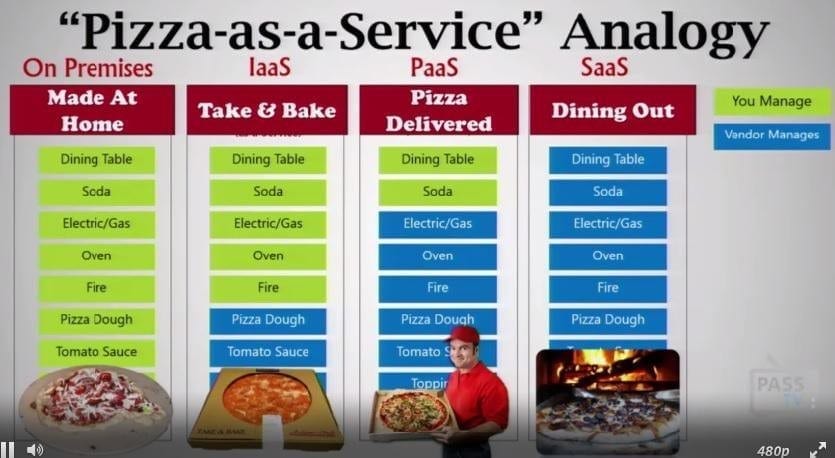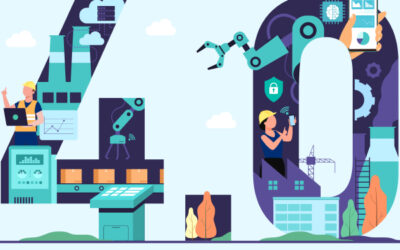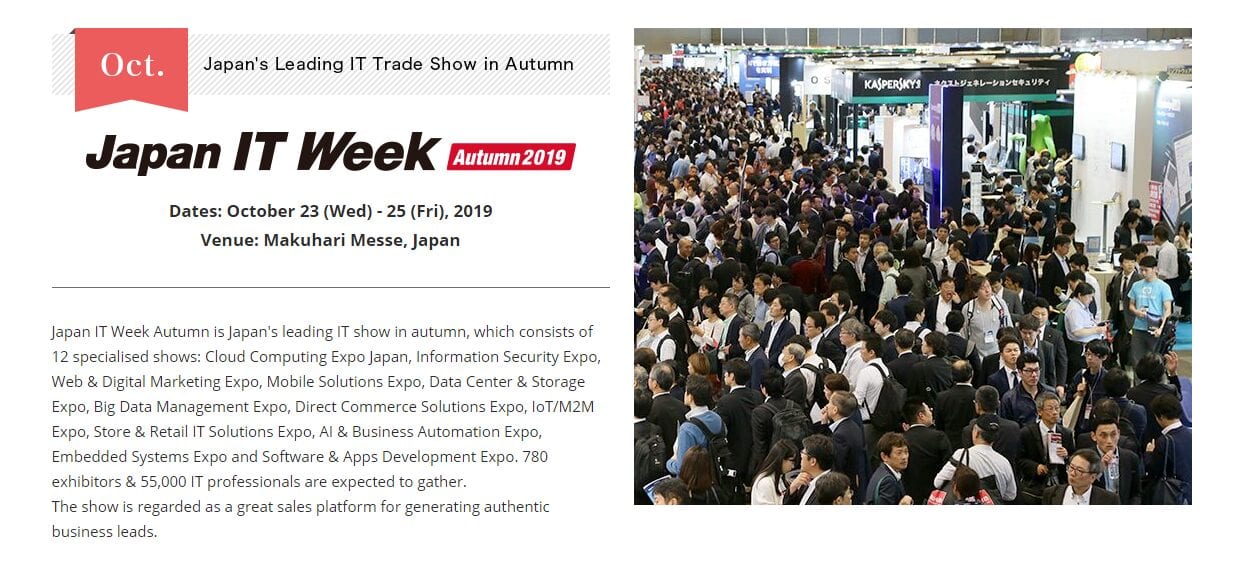
Nearly one in three people believe that 95% of workloads are estimated to be run on the cloud by 2025. According to a report made by LogicMonitor, relevant results of the studies about cloud service have been published on Forbes. There is no wonder that cloud service is definitely expected to be one of the next major accentuating technological fields in 2018. But, before diving into details about SaaS, do you know what the general cloud service is and how it works?

Cloud service is based on the paradigm of cloud computing that allows ubiquitous access to communal platforms of customizable system resources and various services that are often provided along with rapid provision over the Internet. As a consequence, the IT infrastructure costs will be reduced with minimal management effort.
Normally speaking, there are 3 service models regarded as the standards for the cloud-computing providers: Infrastructure as a Service (IaaS), Platform as a Service (PaaS), and Software as a Service (SaaS). The difference among 3 models, except for the acronyms, is about the service scales that vendors possess. It can be easily understood with the analogy of ‘Pizza-as-a-Service’.

(Differences: IaaS, PaaS, SaaS)

(Differences: IaaS, PaaS, SaaS – Pizza Analogy)
Software as a Service (SaaS) transforms the traditional way that the users must set up the server, install the application and configure it into a simple step that they are authorized by vendors to rent the cloud-based application and pay for the duration that they use it. It’s easier for the users to run the application and simpler for the vendors to develop the applications. Besides, other major advantages of SaaS are listed as follow:
- Financial Cost Reduction: The usage of shard or multitenant environments, the replacement of high cost in purchasing a license for storages and the reduced investment in maintenance are the 3 attributes to the cost reduction.
- Painless Software Development: Since all the upgrades and updates are managed on the cloud, the data migration and application testing can be finished by the vendors. It is absolutely easier for the IT architects to conduct the software development.
- Highly-efficient Multitenancy: Unlike the traditional model, vendors can control the extension of the users’ amounts and scalability of services easier. In this sense, they can integrate different SaaS offerings to fulfil different needs of the customers. These are because of the multitenancy architectures.
- User Experience Improvement: Except for the fact that users don’t have to download patches and migrate data heavily for upgrades like old time, the learning curve for adapting to a new system is less steep as the majority of the services are run on the browsers in SaaS. It does improve the user experience.
- Cross-Device Compatibility: SaaS applications can be accessed via any Internet-enabled device, which makes it ideal for those who use numbers of smart devices, such as Internet-enabled phones and tablets, and those who don’t always use the same computer.
As predicted by several IT analysts, Cloud Service, more importantly, Software as a Service (SaaS) will become more and more prevalent in the year of 2018 as a mega-trend in the IT field. As for us, in ITware, beside the cloud-based DAQ system Kojimori aiming at data collection and display by different instruments and our vehicle management FLEETware SaaS targeting fleet-tracking services, we are also pioneering with our new cross-platform SaaS application – SunBears. SunBears is equipped with some trendsetting functionalities like real-time data recording and collection, cloud-based data storage and synchronization, and multiple and flexible displays of sports statistics and so forth. The platform is planned to go live in the 2018 Q1. Moreover, we also deliver tailor-made premium and complex SaaS solutions to fulfil our clients’ different needs thanks to our years of experiences in cloud-based software development by our native IT engineers.
In between different cloud platform providers, there are several significant differences that you should draw due attention to, especially the 2 major companies: Amazon vs. OpenStack. Before making the final decision, you should take into consideration of the open source or closed source as well as the eco-systems. In ITware, automatized the infrastructure spin-ups with some infrastructure management tools, like AWS provider for Kubernetes as well as Hashicorp Terraform for anything else. For a couple of R&D tasks, we’ve used the RDS service (Database Clustering) and the EMR (Elastic MapReduce) in some of our big data projects. However, we are also fully capable of operating on the base of OpenStack as per our previous tests for serving our client whose infrastructure is on a self-hosted OpenStack based private cloud here in ITware.
These cloud technologies we possess are highly connected with the container technology. If you are confused what the container means, all you have to understand is that the existence of container simply makes it easier for developers to know that their software will run, no matter where it is deployed. And this container technology is highly affected by the microservices. The interlocking relations between those concepts are stated as below:
- Cloud providers will allow you to use your hardware resources optimally;
- Clustering will allow you to make fault-tolerant services capable of serving a high load with high availability;
- Docker containers will eliminate the need to install every required software component of each node of your cluster, making clustering services much simpler;
- Microservices provide a decentralized approach to building software as well as allowing each service to be managed independently.
If you are interested in building up around Cloud Service, Microservices and Container Technologies, please just drop us your concerns or requests via email and we will get back to you with further details.

Sources:
[1]https://blog.blackcurve.com/7-benefits-of-software-as-a-service-saas
[3]https://www.salesforce.com/saas/benefits-of-saas/
[4]https://www.ibm.com/blogs/cloud-computing/2013/09/top-five-advantages-of-software-as-a-service-saas/







